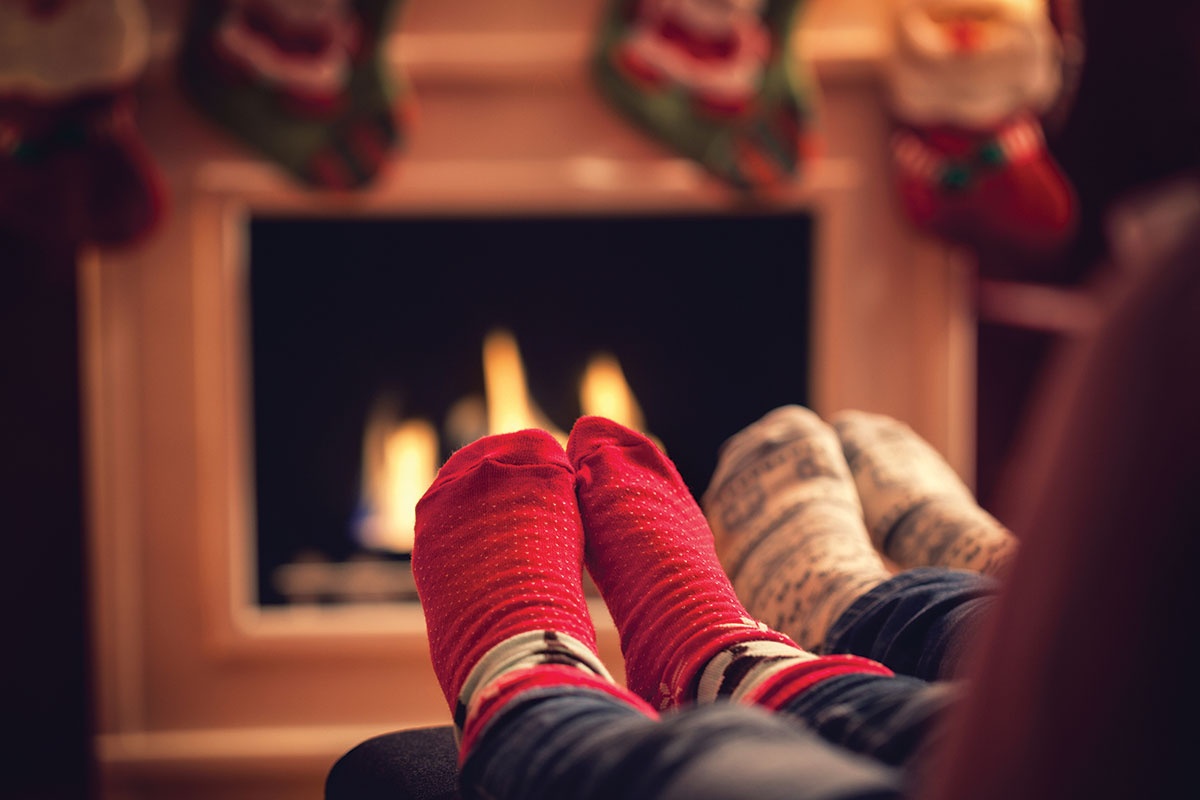The coats have been cleaned, the mittens and scarves found, and the sweaters pulled out of the attic. Old Man Winter has settled in across Texas. Your wardrobe is ready, but what about your house—is it ready for winter? A small investment of time to review your home for safety and efficiency weak spots can pay big dividends toward making your home safer and more energy efficient and ultimately reduce electric bills this winter.
Time spent checking and winterizing heating equipment now can be a worthy investment, saving you money on your monthly bill and ensuring your home is safe. It’s important to have a professional inspect and service your furnace to make sure it’s in good working order before turning the heat on this winter. An efficient heating system means greater comfort at a lower cost.
Clean or replace furnace filters monthly during winter use, and check ducts, flues and chimneys. Ensure the chimney is clean, clear of wildlife nests, and that there is no blockage in high-efficiency furnaces that vent through the wall. Keeping heating equipment clean and in good repair will ensure peak efficiency and safety.
Consider installing a programmable thermostat to automatically raise and lower home temperatures for energy savings day and night. Set your thermostat to lower temperatures while you’re asleep or away from home.
Make sure attics and flooring, especially above unheated spaces such as crawlspaces and garages, are properly insulated. A quick rule of thumb in the attic is to look for the ceiling joists: If you can see the joists, you don’t have enough insulation. Ceiling joists are typically 10–11 inches high, at most, and insulation should be a minimum of 12 inches deep. Find air leaks in homes by moistening your fingertips and running them around doors and window frames to feel for drafts. Check around outlets and look for gaps near the dryer vent, chimneys and faucet pipes. Seal them all with caulk or weatherstripping.
Another way to save energy is by replacing screens with storm windows and doors. Double-pane windows with low-e coatings can reduce heating bills by 34% in cold climates compared to uncoated, single-pane windows. If you have older or leaky windows that you can’t replace, consider temporary fixes, such as plastic film kits that approximate the effect of an interior storm window.
Consider replacing incandescent lightbulbs with energy-efficient LEDs, which use one-fifth of the energy consumed by a regular bulb and can last 25 times as long or longer.


